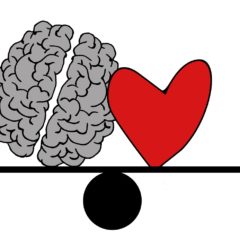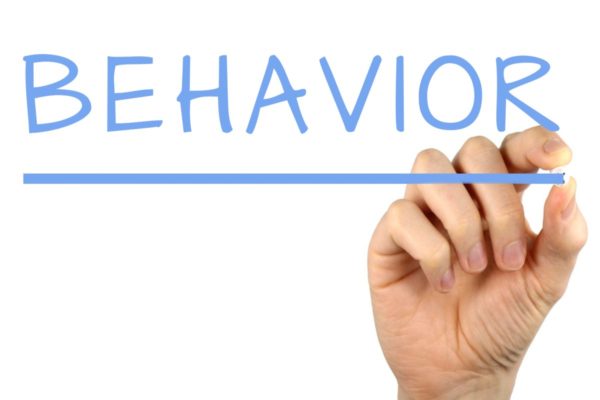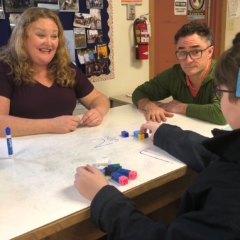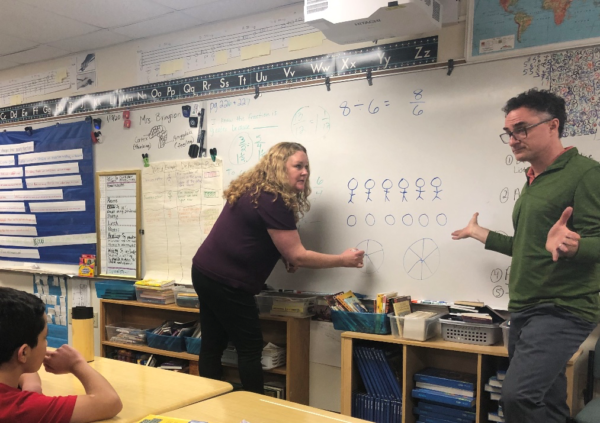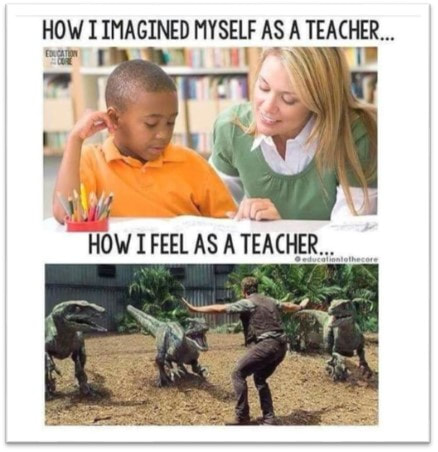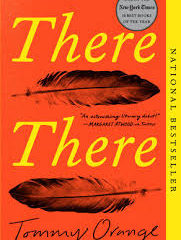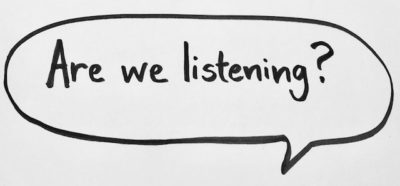It is very hard to teach or create an equitable culture of learning when a teacher is faced with students that have various behavior and emotional needs. Although I have been in education for over a decade I am only a second-year teacher. The many roles I held allowed me to witness many different management styles towards these student needs. Because of this my students have had opportunities not to just grow educationally, but emotionally and behaviorally.
It is now common to have a classroom with not just one but many students who disrupt the learning environment. At times it feels unfair that many students can’t just learn because the teacher needs to focus on recorrecting behavior. The environment for learning has become compromised and all students are losing.
All teachers begin the year by addressing tier 1 intervention practices. This would include discussing classroom expectations, routines, and appropriate behaviors. However, in order to reach students, educators must consistently reflect on these practices in order to maintain realistic expectations that are equitable for all students.
Tiered interventions should be flexible and ever-changing as the student begins to self-regulate. An educator’s key objective is to understand the student’s unique needs as the base of tiered interventions. A tier 1 intervention that has worked in my classroom is the 5-minute brain break.
Continue reading